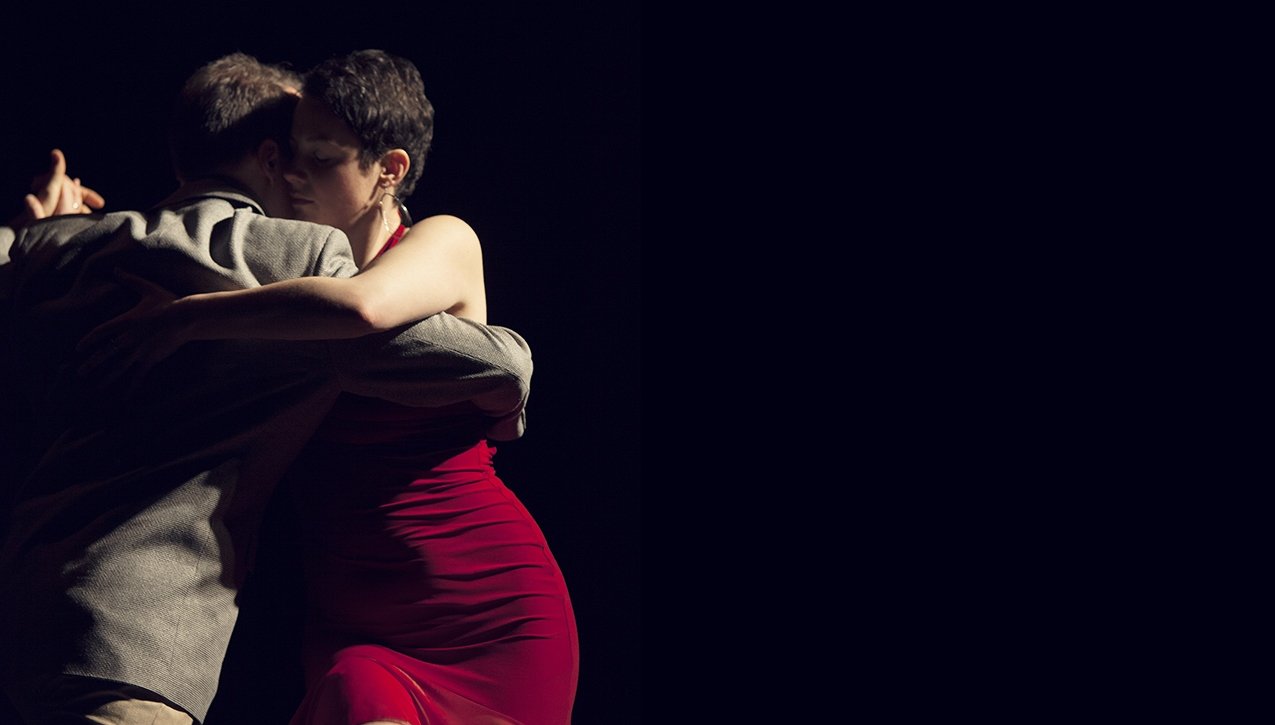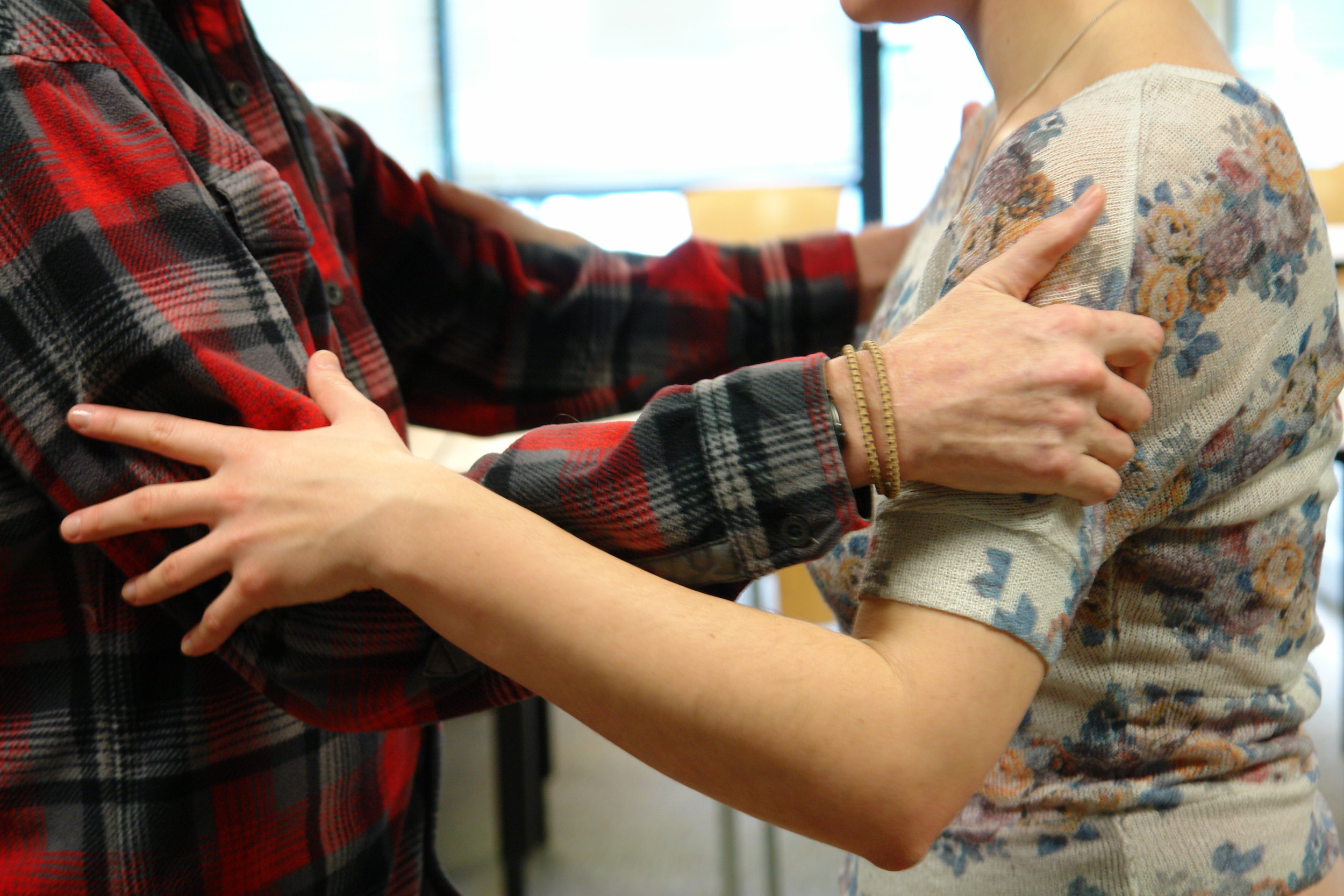home | classes | about | news & what people say | contact & support
About TangoStride™
Our mission: "Dance to Walk"
Benefits
- Improve posture and confidence
- Rebuild balance and stability
- Heighten spatial awareness, proprioception and coordination
- Enhance ability to initiate and stop momentum (esp. for neurological conditions, like Parkinson's)
- Improve flexibility and range of motion in waist and torso
- Reduce stress through positive touch
- Improve neuroplasticity (the brain and body's ability to heal itself) through improvised, collaborative movement
A Unique Approach
The groundbreaking TangoStride™ Technique - created by Gabriela Condrea - uses music, collaboration and tango-inspired movement to help even people who can barely stand, "Dance to Walk". Moves are designed based on each participant's abilities, with the intention of maximizing and improving their walking. Condrea's work has been featured in The Seattle Times, the Chicago Tribune – “Dancing to Walk” by Nicole Brodeur (March & November 2016) – UW Medicine News, CBS News, KING 5, and Q13 Fox News. The TangoStride™ Program is supported by Valley Medical Center, Seattle BrainWorks, the Brain Injury Alliance of WA, as well as neurologists, nurses, physical, occupational, and recreational therapists, brain injury community organizers, volunteers and more, and small-group classes are powered by 501c3 nonprofit Hugs that Empower.
About Gabriela Condrea, M.Ed.
Gabriela Condrea’s approach to teaching tango (Tango is About the Connection™, since 2010) is based on her extensive experience with body mechanics and more than 25 years of teaching. Since 2013, Condrea has been modifying her teaching to help stroke and traumatic brain injury survivors improve their mobility with what became known in 2016 as her TangoStride™ Technique. She holds a Master's in Education and is the author of the book WHEN 1+1=1: That "Impossible" Connection (2011).
Studies on Neurology & Dance
"Dancing or Fitness Sport? The Effects of Two Training Programs on Hippocampal Plasticity and Balance Abilities in Healthy Seniors," Kathrin Rehfeld et. al., Frontiers in Human Neuroscience, June 2017.
"Effects of tango on functional mobility in Parkinson's disease: A preliminary study," Hackney, M. E., Kantorovich, S., Levin, R., & Gammon, M., Journal of Neurologic Physical Therapy, 31(4), pages 173-179, December 2007.
"Leisure Activities and the Risk of Dementia in the Elderly," Joe Verghese, M.D. et. al., The New England Journal of Medicine, June 2003.
"Tango for treatment of motor and non-motor manifestations in Parkinson's disease: A randomized control study,” Silvia Rios Romenetsa, Julius Ananga, Seyed-Mohammad Fereshtehnejadb, Amelie Pelletiera, RonaldPostumaa, Complementary Therapies in Medicine, Volume 23, Issue 2, pages 175-184, April 2015.
"Use It or Lose It: Dancing Makes You Smarter, Longer," Richard Powers, faculty, Stanford Dance syllabus, July 2010.




